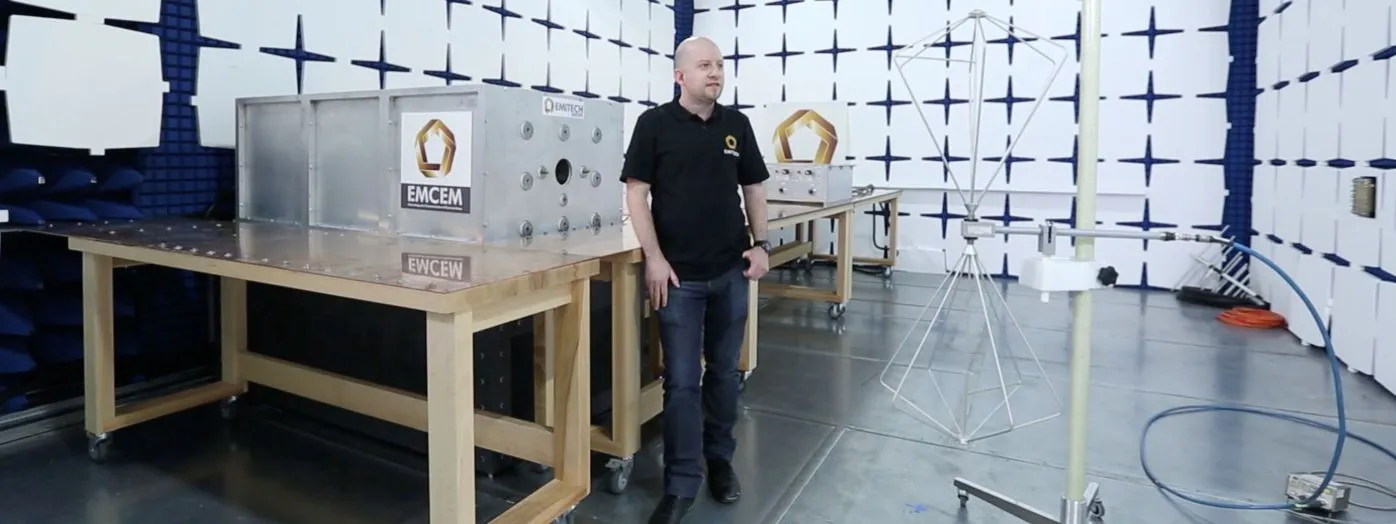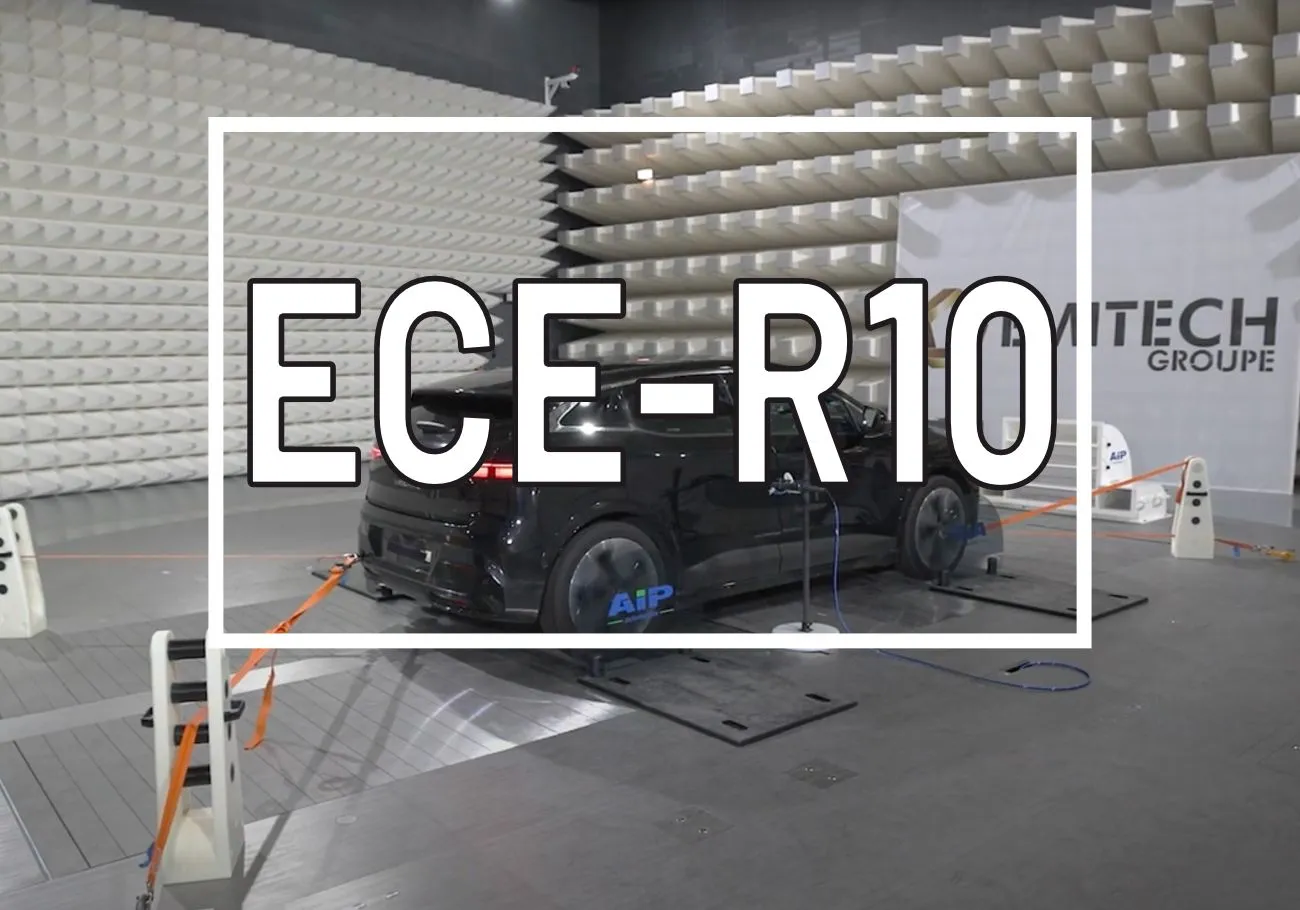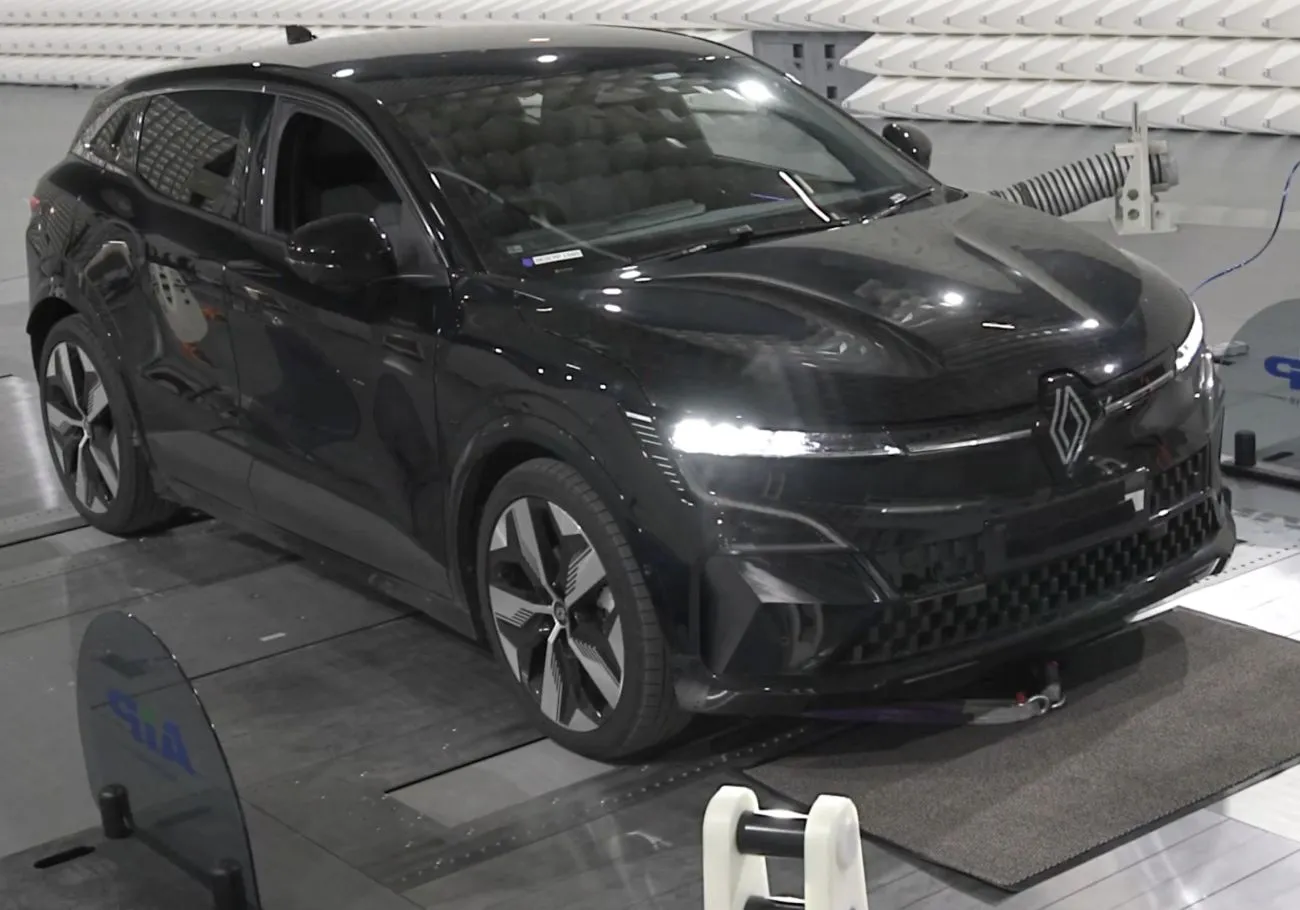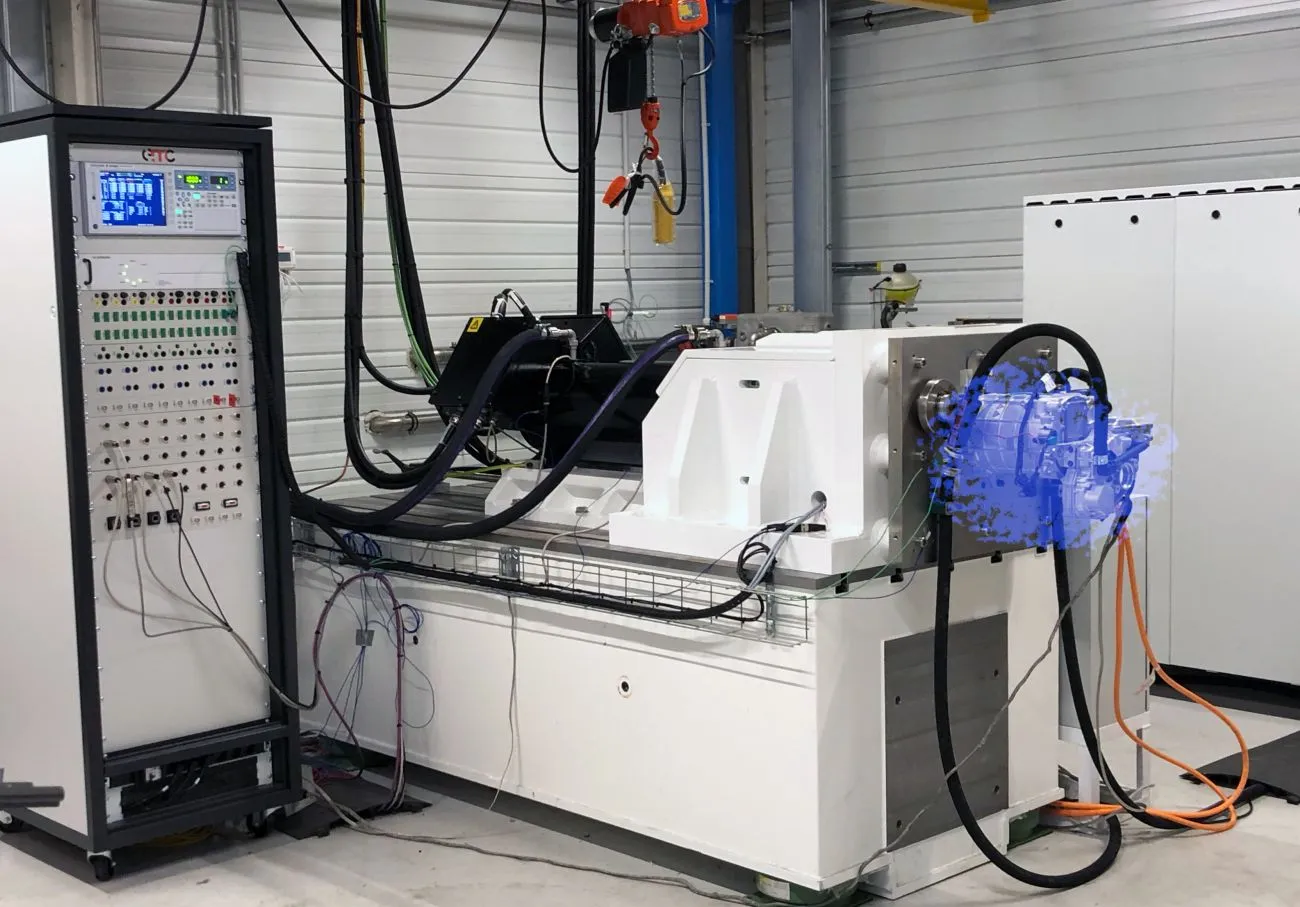EMC tests on e-motors, electric drive units (EDUs) and e-axles
The importance of EMC characterization of traction devices
Why carry out electromagnetic compatibility tests on an e-motor, EDU or e-Axles?
- Assess the electromagnetic emissions of the electric motor or, more generally, the EDU in operation and ensure that they remain within the limits imposed by the standards.
- Check immunity to external interference to ensure reliable and safe operation.
- Optimise the design of electrical traction systems by reducing their emissions and improving their robustness to electromagnetic disturbances.

Our EMC characterization services for electric motors
We offer specialised tests tailored to the needs of electric motor manufacturers and integrators:
- Measurement of conducted and radiated electromagnetic emissions during operation.
- Immunity tests to radio frequency interference (conducted and radiated).
- Assessment of EMC performance under various load and speed conditions.
- Validation of wiring and associated electronic components (inverters, converters, controllers).
- Optimisation and engineering tests to improve EMC compliance
Characteristics of our test bench (test bench + Faraday cage and ancillary equipment)
Test bench performance
- Engine speed up to 21,000 rpm.
- Maximum torque of 510 Nm.
- Power supply via filtered high-voltage battery simulator (250 kW / 1,000 V / 1,000 A).
Advanced instrumentation
- HV shielded stabilized line impedance networks (SLIN) compliant with CISPR 25 for conducted emissions measurement and disturbance injection.
- Optical converters to ensure signal transmission (CAN HS / FD / Flexray) without electromagnetic interference.
- Acquisition rack for real-time monitoring of engine and EMC parameters.
Faraday cage and ancillary equipment
- Faraday cage in compliance with CISPR 25.
- Test bench housed in a high-performance Faraday cage to eliminate external electromagnetic interference.
- Advanced filtering systems on the power supply to prevent electromagnetic contamination of measurements.
- Shielded and filtered inverters to ensure a clean, interference-free power supply.
- Shielded wiring and connectors to prevent the spread of interference.
- Controlled environment for accurate and reproducible measurements.
EMC testing methodology for electric motors
1. Preparing the engine to be tested
- Motor mounted on an adjustable baseplate with movable ground planes.
- Connection to wiring complying with normative requirements.
- Power-up and parameter stabilisation.
2. Carrying out EMC tests
- Emissions measurements conducted on power cables.
- Radiated emissions tests under normal operating conditions and variable load.
- Radio frequency immunity tests to verify the motor's robustness to external interference.
3. Analysis and validation of results
- Comparison of measurements with regulatory thresholds.
- Recommendations for optimising the design and reducing parasitic emissions.
- Detailed report with measurement curves and diagnostics.
Talk to our EMC and electric drive experts
Standards and regulations covered
- CISPR 25: Electromagnetic compatibility for on-board equipment in vehicles.
- ISO 7637: Immunity to electrical transients.
- RTCA DO-160: Standards for aeronautics.
- MIL-STD 461: EMC requirements for military equipment.
Integrating EMC testing into product development
- Analysing standards requirements and adapting tests to your needs.
- Implementing tests using appropriate methodologies.
- Interpretation of results and optimisation of designs.
Why choose the Emitech Group?
- Specialised infrastructure: high-performance test bench (21,000 rpm, 510 Nm, 250 kW) integrated into a Faraday cage.
- Comprehensive measurements: conducted and radiated emissions, RF immunity, EMC optimisation.
- Advanced instrumentation: CISPR 25-compliant RSIL HV, optical converters, real-time acquisition bay.
- Compliance with international standards (CISPR 25, ISO 7637, DO-160, MIL-STD 461).
- Expert support, from test plan to analysis of results and design recommendations.
Related Services
Needs
Discover a selection of additional resources that explore topics related to this page including regulatory contexts, technical articles, and specific areas of expertise. These materials provide further insight to help you better understand the key challenges and available solutions.
Contact us for a quote
Need to ensure the electromagnetic compliance of your electric motors?
Contact our experts for a tailored solution.











